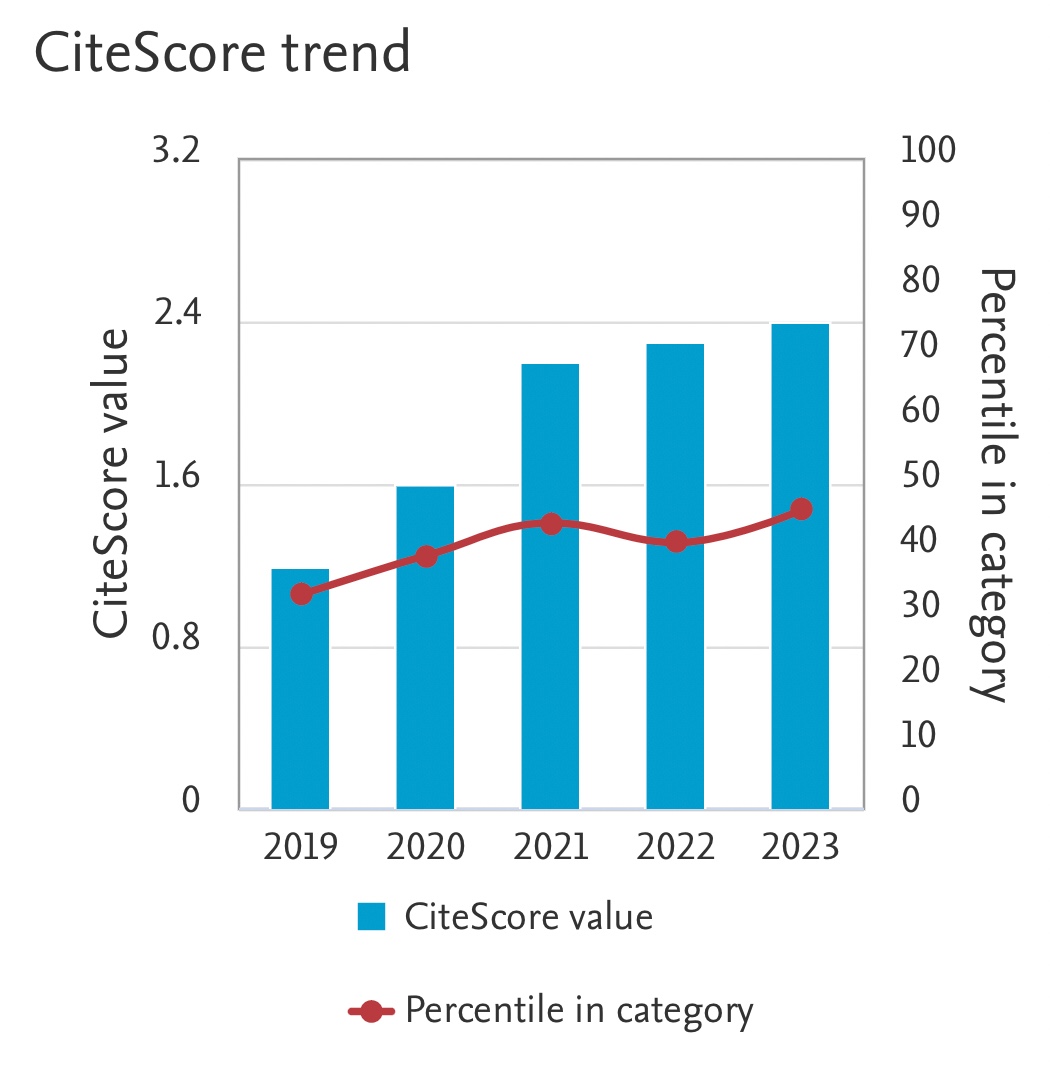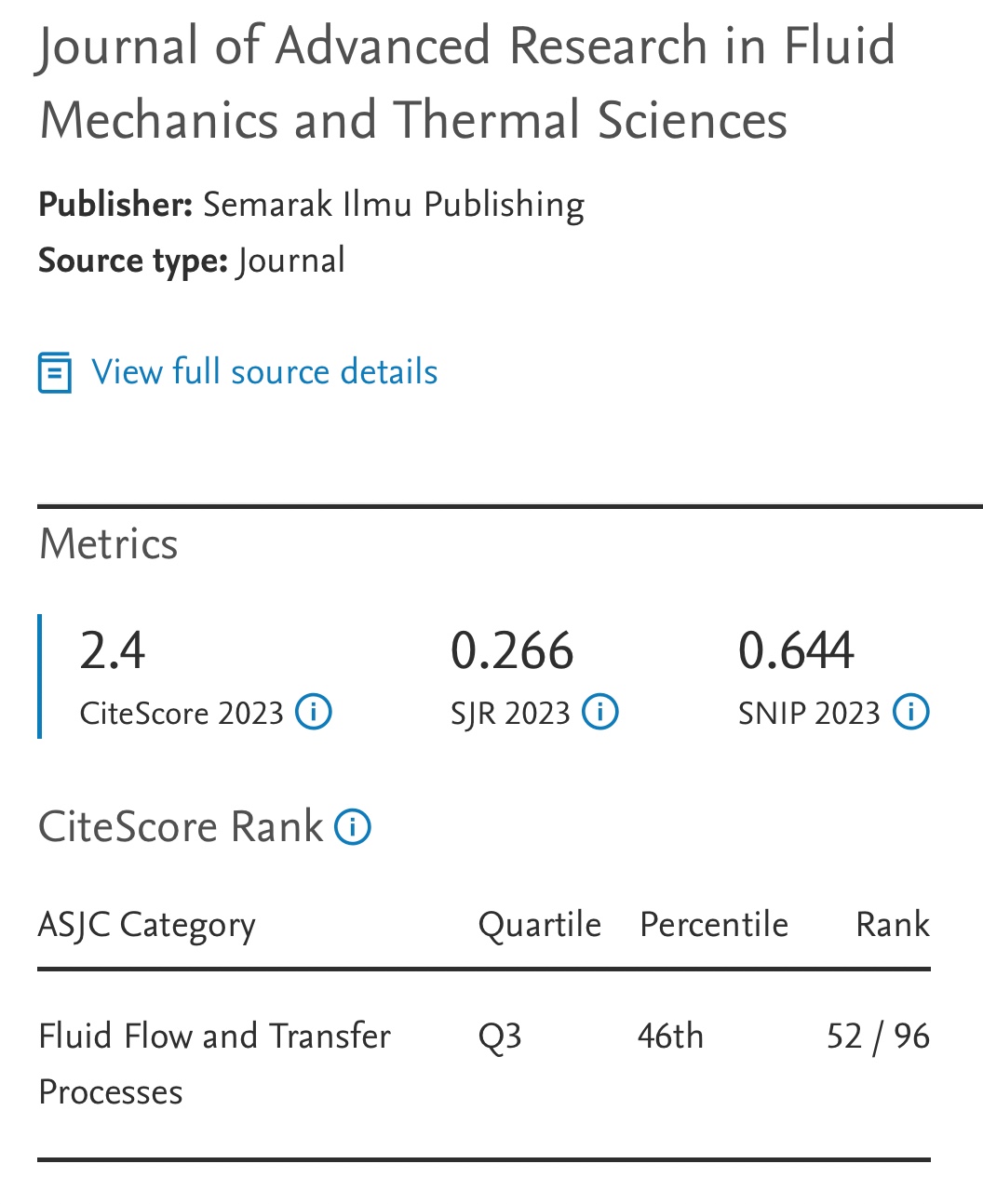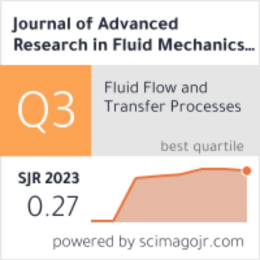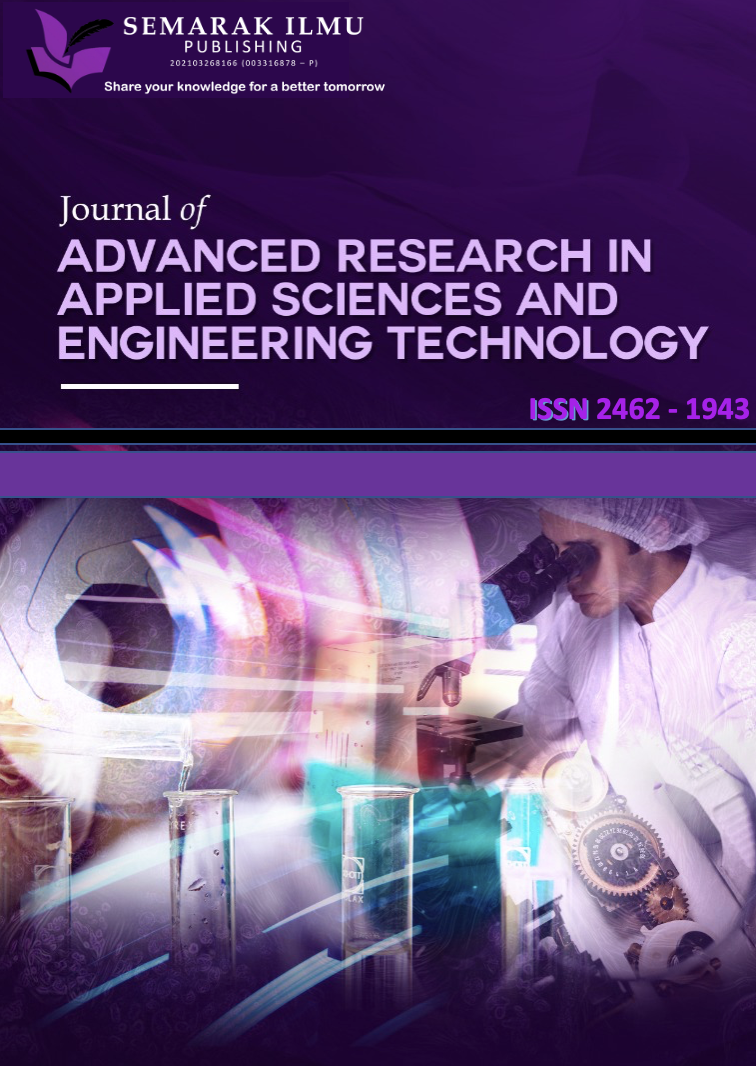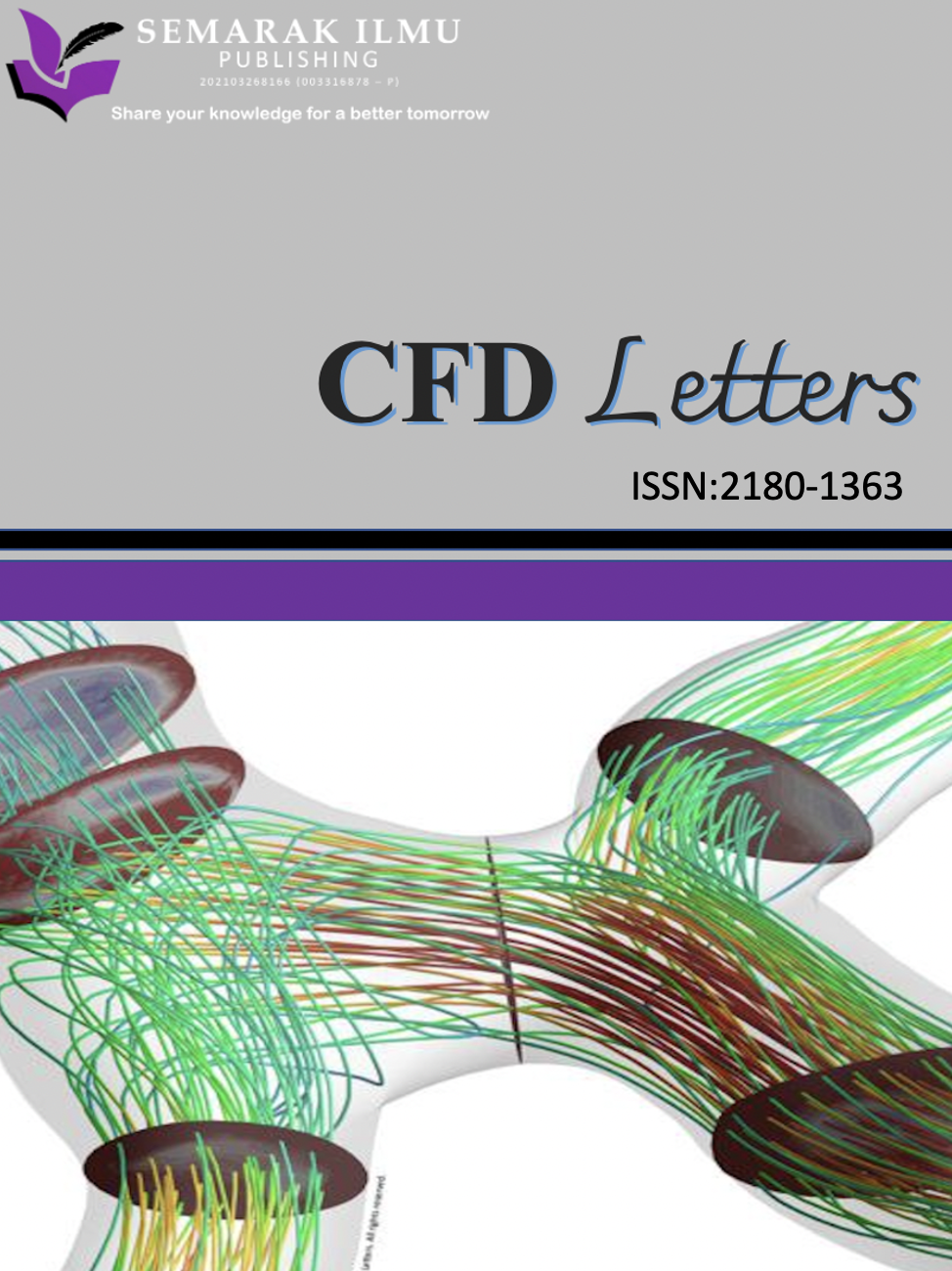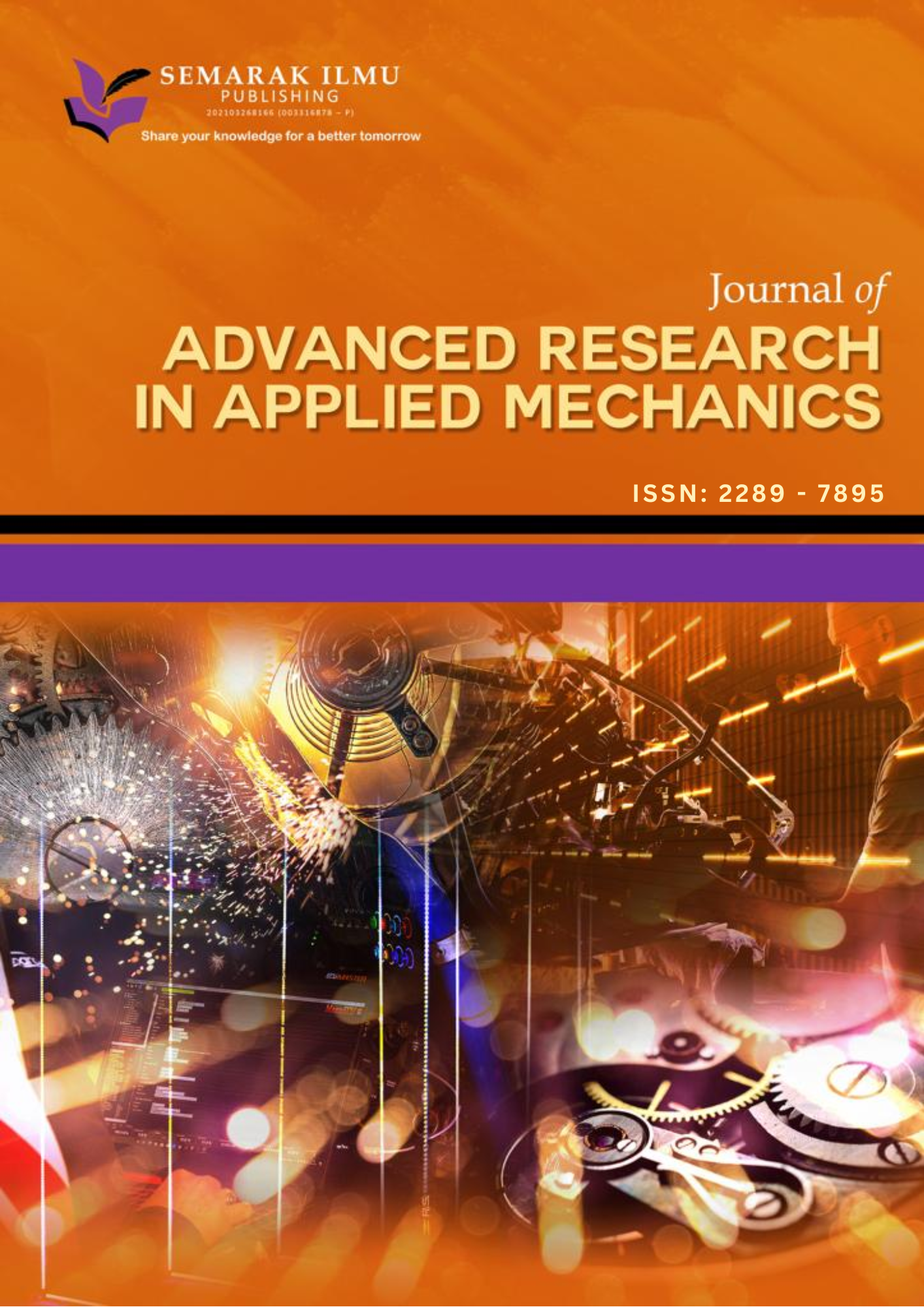Advanced Structural Analysis Techniques for Composite Material Wind Turbine Blades
DOI:
https://doi.org/10.37934/arfmts.129.1.101123Keywords:
Wind turbine, structural analysis, composite materialAbstract
This study provides an in-depth structural analysis of composite wind turbine blades, focusing on enhancing their performance under various operational conditions. The blade geometry was meticulously designed using advanced CAD modeling in SOLIDWORKS, resulting in a three-dimensional (3D) model, which was then imported into ANSYS® 2016 for structural analysis. The Shear Stress Transport (SST k-ω) turbulence model was employed for the necessary calculations, with static structural analysis conducted using a finite element (FE) model that incorporated fluid-structure interaction (FSI) within the ANSYS environment. The simulation of composite material layups was performed using the ANSYS Composite PrepPost (ACP) model. The analysis also examined the distribution of aerofoil chord lengths and twist angles across the blade’s cross-sections. Additionally, the aerodynamic load, quantified as the pressure distribution along the blade, was calculated. Based on the structural analysis results, the blade tip exhibited a maximum total deformation of 86.1 mm, while the minimum safety margin was 10.51. These findings demonstrate that the safety margin of the blade components is within acceptable limits. These results offer valuable insights into optimizing composite wind turbine blades, contributing to designing more efficient and durable renewable energy systems.
Downloads











